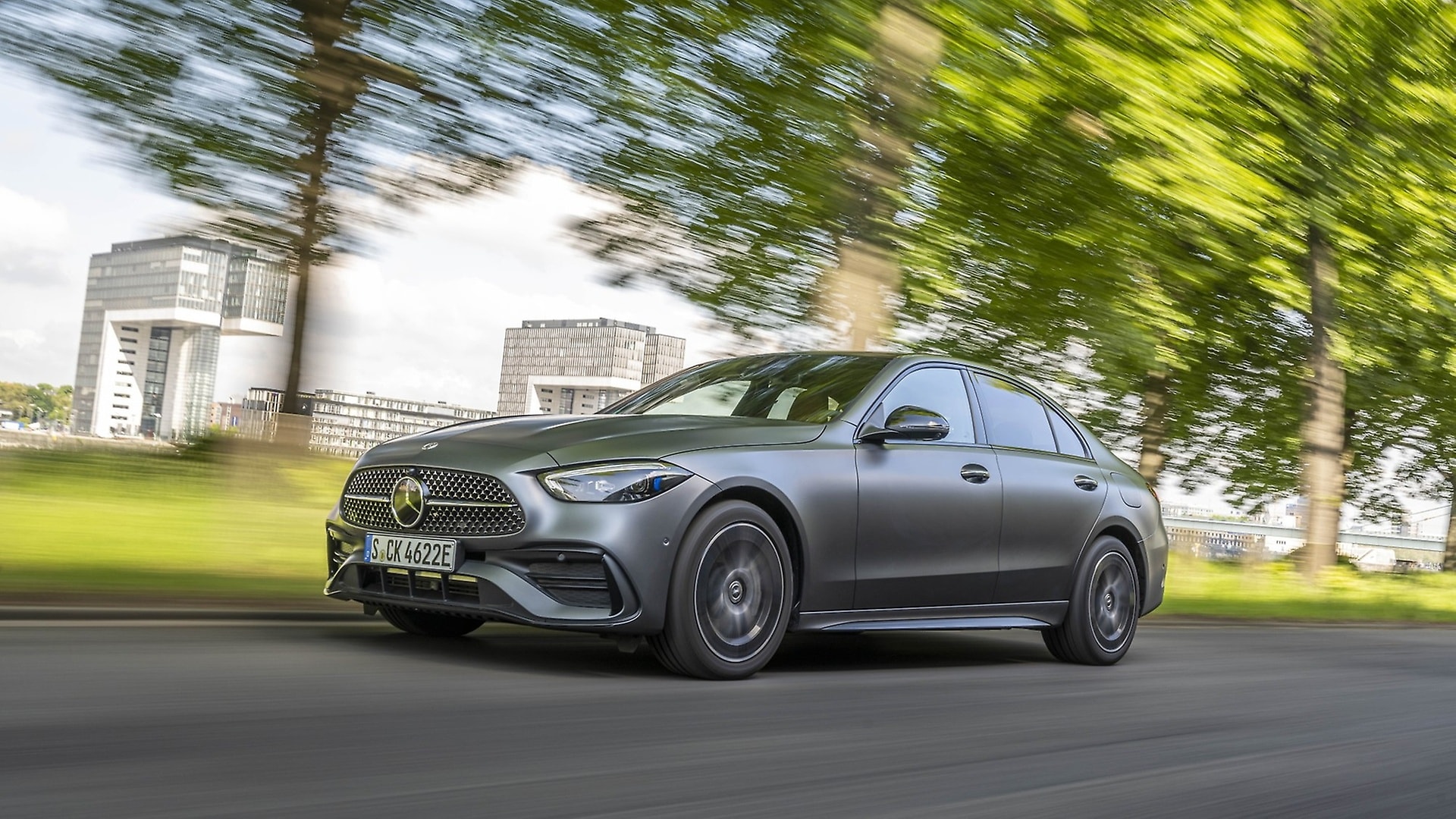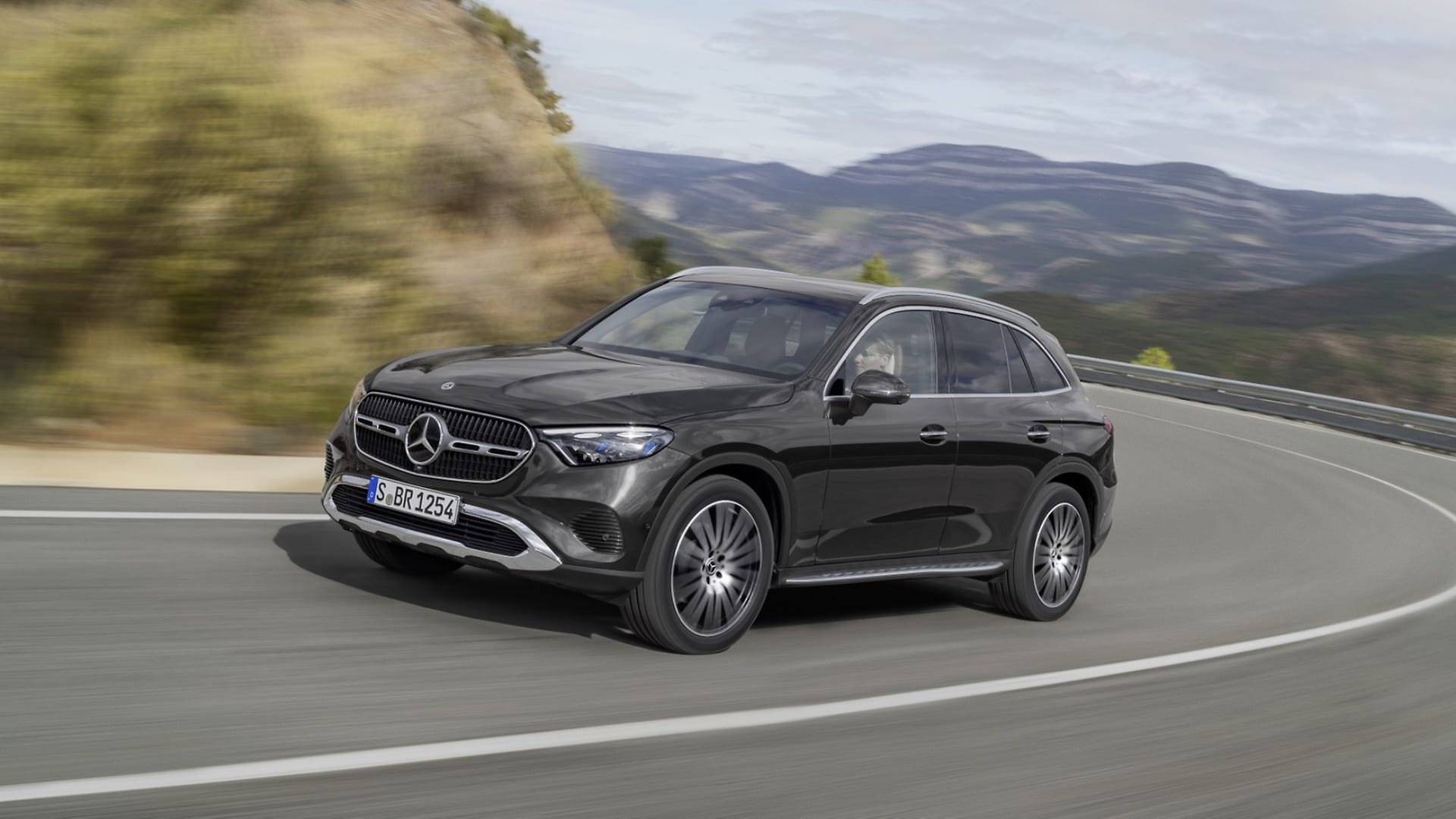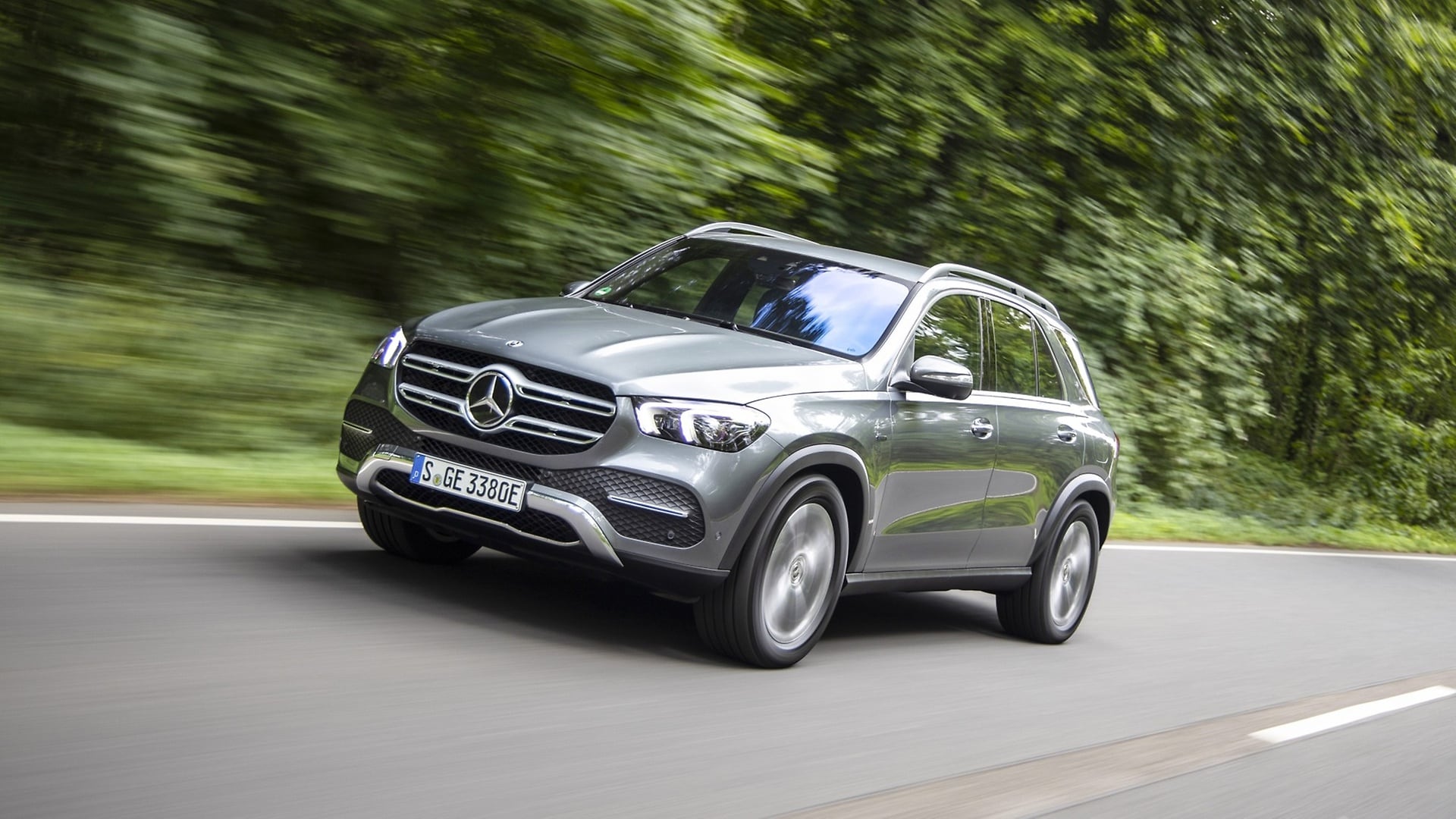With an electric output of 95 kW (129 hp) and an all-electric range of around 100 kilometres (WLTP), the plug-in hybrid C-Class will operate in all-electric mode in many cases - and on many days without using the combustion engine at all. This is the two-litre variant of the ultra-modern M 254 four-cylinder engine.
The high-voltage (HV) battery has been developed in-house by Mercedes-Benz AG. It is part of a fourth-generation family of batteries and represents a logical evolution of the previous generation. It consists of 96 cells in a so-called pouch configuration. The battery has a total capacity of 25.4 kWh, thereby bringing about a significant increase in electrical range to around 100 kilometres.
To account for the high energy density, the HV battery has an internal cooling system. The thermal management system can therefore control the operating temperature irrespective of the climate control in the vehicle interior. In addition to continuous operation in hot and cold regions, this also allows quick charging with direct current. Even when the battery is completely discharged, it can be fully charged in around 30 minutes with the optional 55 kW DC charger.
The positioning of the battery in the vehicle brings advantages on a day-to-day basis compared with the previous model: there is no longer a step in the boot, and through-loading is now possible. This improvement is particularly noticeable in the Estate model: the length of the luggage compartment floor has increased by 63 mm to 1043 mm. Tall crates or cases of bottles can be loaded under the cassettes of the retractable luggage cover and dividing net without problems, as the height of the luggage compartment has increased by 150 mm to 732 mm. Compared to the previous model, the luggage capacity has increased by 45 litres to 360 litres, while with the rear seats folded down the Estate model can even accommodate 1375 litres (40 l more).
,xPosition=0,yPosition=0.5)



,xPosition=0.5,yPosition=0)